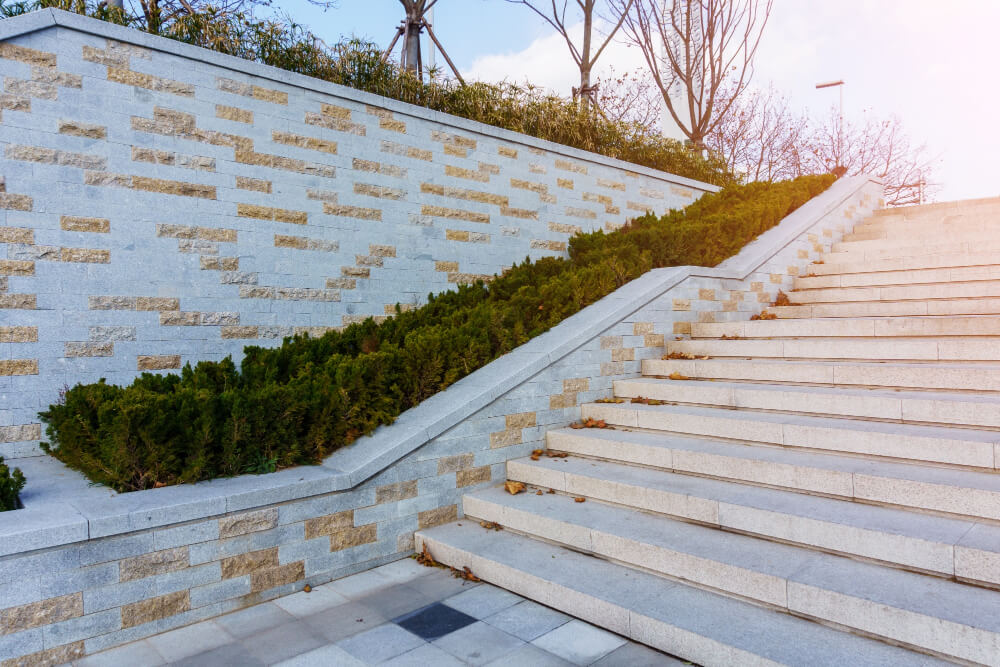The Importance of Proper Drainage in Concrete Sleeper Retaining Walls

Concrete sleepers are a highly versatile tool and material that is often used in landscaping. They can be used to build retaining walls and are used because of their high durability and strength. However, proper drainage is essential for a concrete sleeper retaining wall to function as intended. In this post, we take a closer look at the important role of drainage in concrete sleeper retaining walls, as well as how you can properly design and maintain drainage systems.
The Role of Drainage in Retaining Walls
Drainage is important in retaining walls in general, not just those built with concrete sleepers. One key function of a drainage system is to ensure that there isn’t an excessive build-up of water behind the retaining wall that might potentially affect its structural integrity. In addition, a proper drainage system can also reduce the rate of soil erosion, preserving the wall’s stability.
Components of an Effective Drainage System
Before going about designing a drainage system for your retaining wall, it is important for you first to understand what the components of an effective drainage system are. These components typically include:
Drainage Pipes
These pipes are usually installed at the base of the retaining wall and help redirect the water that pools behind it. They transport water away from the wall, ensuring that there isn’t an excessive amount of water building up.
Weep Holes
Weep holes are holes or gaps at the bottom of the retaining wall that are intentionally left there to allow water to drain out from behind the wall. They are often found at regular intervals and also help relieve hydrostatic pressure.
Filter Fabric
Filter fabric is often used to ensure that drainage pipes and weep holes in the retaining wall are not clogged up by larger particles and debris. These fabrics are often permeable enough to allow water to pass through them but do not allow particles and debris to pass through them.
Maintenance of Drainage Systems
Apart from ensuring that you have a proper drainage system for your retaining wall, maintaining it is another key step to ensuring that it functions as intended. Some maintenance steps that you should take regularly include:
- Inspecting the components of the drainage system regularly for signs of damage.
- Clearing any debris or blockages that may be preventing the drainage system from working properly.
- Repairing and replacing any parts of the drainage system that may be worn out or damaged.
Building a Reliable Retaining Wall with Fulton Brickyard
If you’re looking to build a reliable retaining wall that stands the test of time, it is essential that you use only the highest quality materials available. Fulton Brickyard is a leading provider of concrete sleepers and other useful landscaping and building materials. To find out more about how we can help with your next landscaping or construction project, contact us today!
- Are Sandstone Paver Walkways Safe for Pets and Children?
- Artificial Turf vs Natural Grass: Which is Better for Your Yard?
- Can You Pressure Wash a Wooden Deck?
- The Benefits of Permeable Pavers in Stormwater Management
- The Importance of Proper Drainage Planning for Your Backyard or Garden
- Common Mistakes to Avoid When Cleaning Sandstone Pavers
- How to Repair Broken or Sunken Pavers
To learn more about the outstanding benefits of our expressive, evocative,
and natural granite pavers call us today on:
